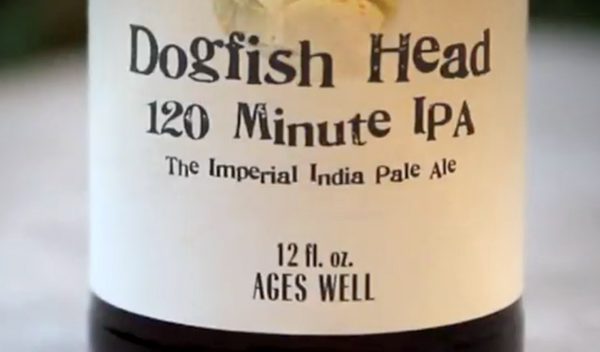One of the key components of running a business is setting up the proper incentive and evaluation structure for your sales organization. I have been through many variations at my companies and most of them were based on hitting some arbitrary sales quota. A sales person would be told “you need to sell a million dollars in business” with little consideration for the associated margins or expenses of the business brought in. While gross revenue is great, contribution is really the key.
Let’s look at three sales people. All three sales people make $50k base and 5% commission. The can sell two offerings: Custom work (35% margin) and Packaged product (55% margin). They are able to travel if they need to make a sale. This years quota was $1,200,000 in sales.
- Frank – $1,200,000 in sales. Was the only person to make quota. Likes to sell big, custom deals face to face. Travels extensively, spends $7k a month in T&E. Only sells 10% Packaged product.
- Juan – $1,100,000 in sales. Just missed quota. Spends $2k a month in T&E. Works the phone, but also does some travel. Sells a 50/50 mix of Custom work and Packaged product.
- Violet – $950,000 in sales. Significantly missed quota. Spends $500 a month in T&E. Animal on the phone. Can close without a face to face meeting. Sells a 90/10 mix of Packaged product and Custom work.
In a quota based sales program Frank looks like the clear winner. He will probably receive a bonus of some sort. However, when you look at bottom line contribution Violet beat Frank and Juan, even though she had lower sales. While Violet failed to reach quota, she contributed $72k more than Frank because her COGS, travel and comp were lower. While Frank is being congratulated Violet may be in danger of losing her job. This obviously makes no sense.
Enter The Sales Performance Index
The Sales Performance Index (SPI) is a simple sales structure we created at IZEA to monitor and evaluate our sales team members. It is designed to reward people based on their contribution to the company, not necessarily their gross sales or pay grade. Individuals don’t have hard quotas at IZEA, everything is driven by this one number.
SPI Calculation
This calculation measures a sales persons cost against their contribution after cost of goods sold. It accounts for the full expense of the sales person including salary, commissions, benefits, taxes and travel. The SPI makes sales people accountable for their expenses and aware of their COGS for various product offerings. Think of the SPI as a P&L for each sales person you employ. It may require some retooling of your accounting practices, but it is well worth the time investment. At IZEA we calculate the SPI on a monthly basis.
Example:
A sales person making $30,000 per year with 4% commission sold $50,000 worth of Product 1, $25,000 (27% Margin) worth of Product 2 (50% Margin) and $5,000 of Product 3 (75% Margin) in a month. The sales person decided to do two sales trips which cost $2250 total.
The individual above has an SPI of 3.6 for this month which means for every $1 they cost they are creating $3.60 in gross profit contribution to cover other corporate expenses.
I am not going to share our compensation plan, but I will tell you we have a SPI grid mapped to time employed. An SPI of 4.0 means you are performing, after a few consecutive months of that you will be bonused. Fall below a 1.50 for three months and you will be looking for a new job. It’s all about the numbers.
We chart the SPI each month and display it publicly. It creates a competitive sales environment where newbies can compete against seasoned sales professionals because it is all about contribution. If you are looking to put a new sales structure in place in 2009 I highly recommend you give this a try.
Let me know if you do!







I would rather have a bunch of Violet type sales people in my organization. Frank sounds kind of flashy. The best sales environments I’ve worked were always very competitive.
@Justin:
My point isn’t that one of these people are better than the other, it’s that a straight quota system doesn’t work. Frank probably didn’t even think about the margins or his costs because his goal wasn’t tied to either of these things. I would say these are all good sales people, they just need to be focused on the right goal – contribution.
I really like the idea of having the SPI board up for all to see to create some healthy competition! Sales people are sales people after all and they usually love to compete 🙂
@slmbolick: #Cain’s #999 includes an income tax and a national sales tax simultaneously in effect. Nothing stopping it from moving to a 29-29-29 plan!